What Is a Smart Home? The Pros and Cons, Explained
You've probably heard the term "smart home" a lot recently. But what exactly is a smart home? What makes it "smart" and why would someone be interested in converting their home?
We're going to walk you through the ins and outs of a smart home so that you know whether the technology is for you.
What Is a Smart Home?
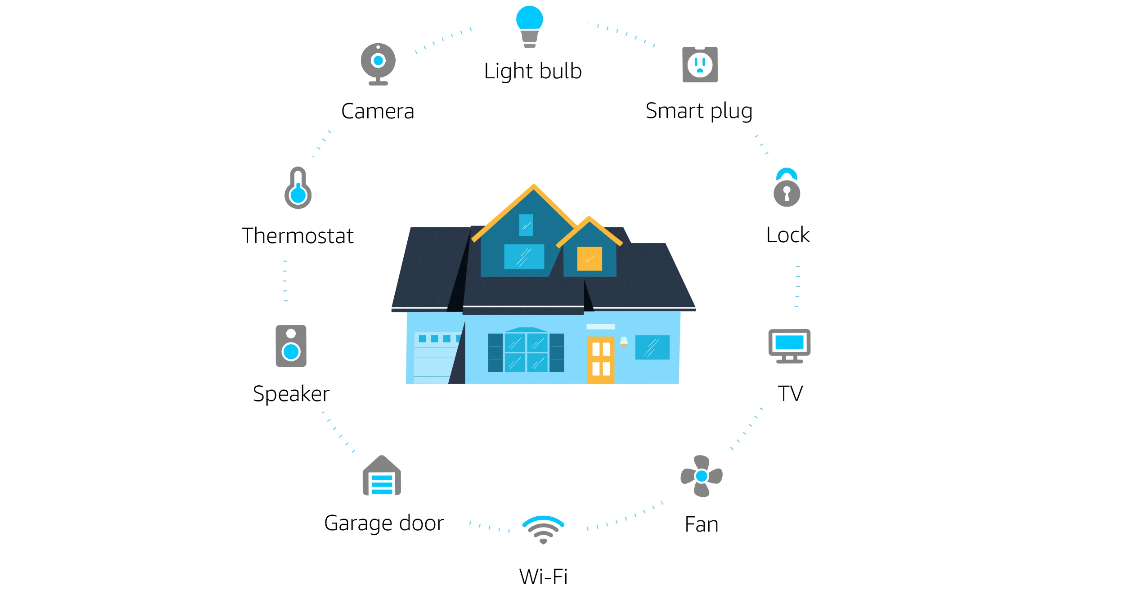
A smart home is any home that uses some form of electronic device to control or automate everyday tasks. These homes often consolidate around a central hub that allows communication between all of the devices located in the house.
These devices can range from temperature sensors, smart thermostats, wall switches, smart plugs, water sensors, door and window sensors, motion sensors, and many other integrated devices. Like your smartphone—which does more than just allow you to make phone calls—a smart home can allow you to automate many of your home tasks.
For example, let's say you wanted to have your thermostat automatically decrease the temperature when you left for work in the morning. A smart home with an integrated thermostat could allow you to do that. Or, if you wanted to unlock your front door for guests, but you were stuck at the office, a well-equipped smart home would allow you to.
Finally, what if you wanted to turn off your Christmas lights at precisely 9 p.m. on Saturday and Sunday? A smart home with the proper setup could also allow you to automate this task. Some smart home devices can even vacuum your house or mow your lawn.
Smart homes save time, increase security, improve comfort, and make life more enjoyable for homeowners.
How Do Smart Homes Work?
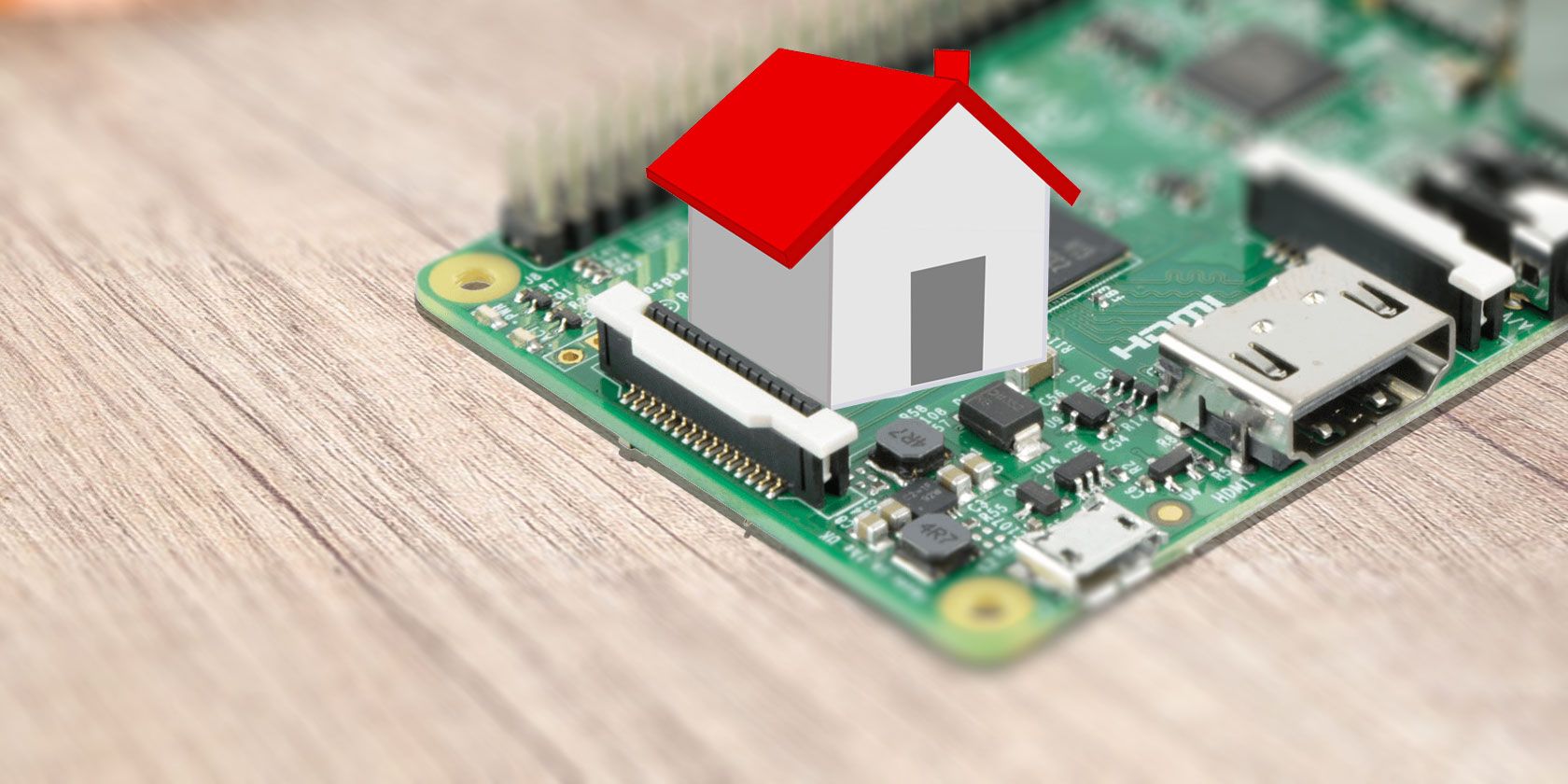
The easiest way to describe how a smart home works is to think of the home like the human body. In most smart homes, there is a brain, which is often an app or a set of apps on a mobile device. This central device is known as a hub.
The hub directs all activity to the smart devices on the network. If the home is like a body, these devices are its limbs. Using the power of the internet and integrated connectivity, these devices get instructions from the hub and then perform certain mechanical behaviors based on those instructions.
The behaviors—called automations—can range from sending a text to a family member to turning on all of the lights in the house and engaging a security alarm.
Many people have built smart homes that perform complex tasks, and companies like Apple and SmartThings have included programming tools in their software to make creating these automations easier.
Smart Home Communication Protocols
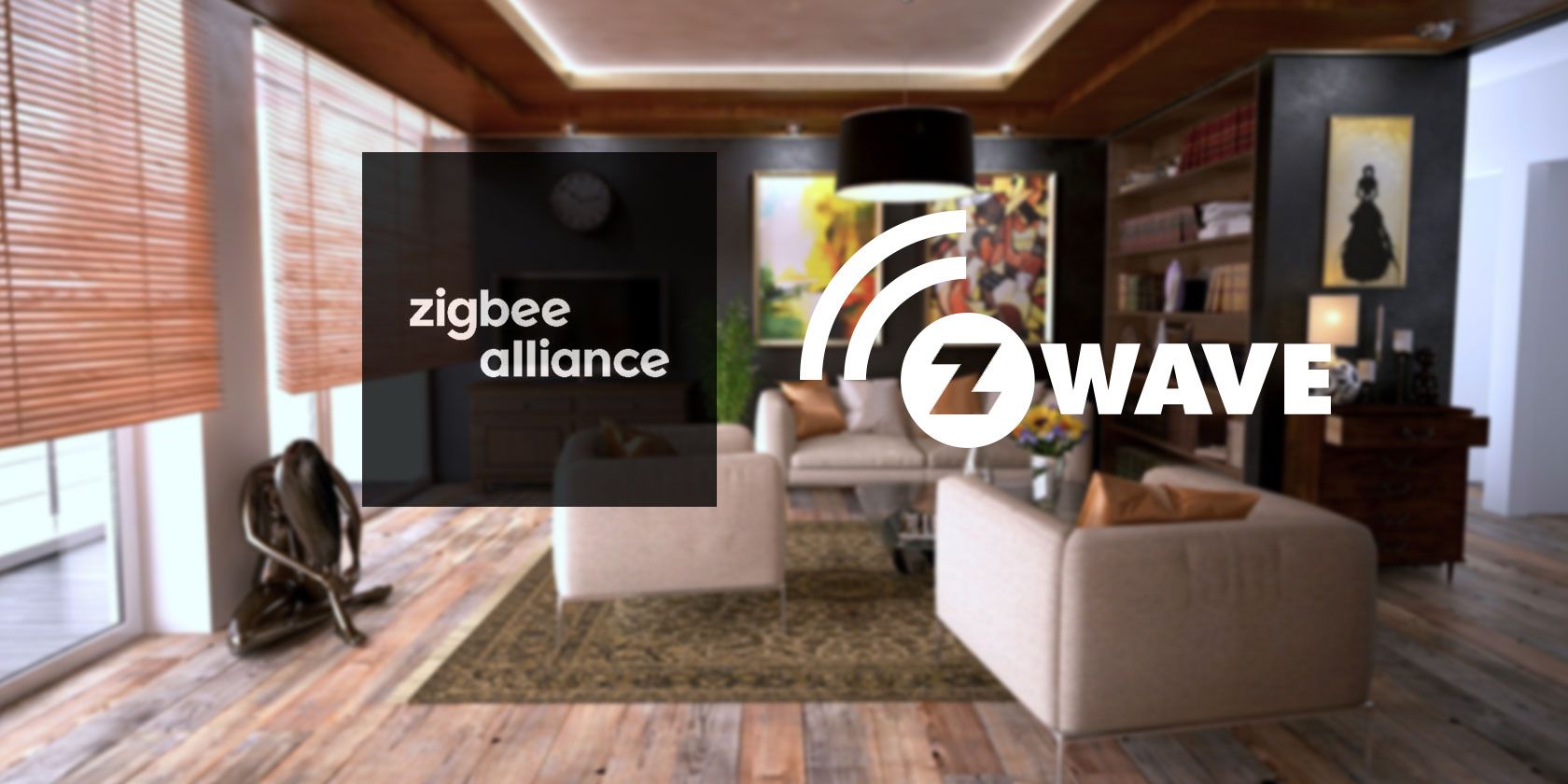
To communicate with devices, smart home hubs need some sort of communication language that both the device and the hub understand. Because many smart home products exist on the market, several manufacturers have standardized these communication protocols. Rather than using several hundred protocols that don't work together, the smart home industry has narrowed it down to just a few: Zigbee, Z-Wave, Thread, KNX, Control4, Bluetooth, and Wi-Fi.
The most prominent protocols currently in use are Zigbee and Z-Wave. However, many manufacturers have begun to move more toward Thread as it offers some unique benefits over the other, more popular, protocols. Additionally, some Bluetooth devices don't need internet connectivity to function, which appeals to some people.
Smart Home Benefits
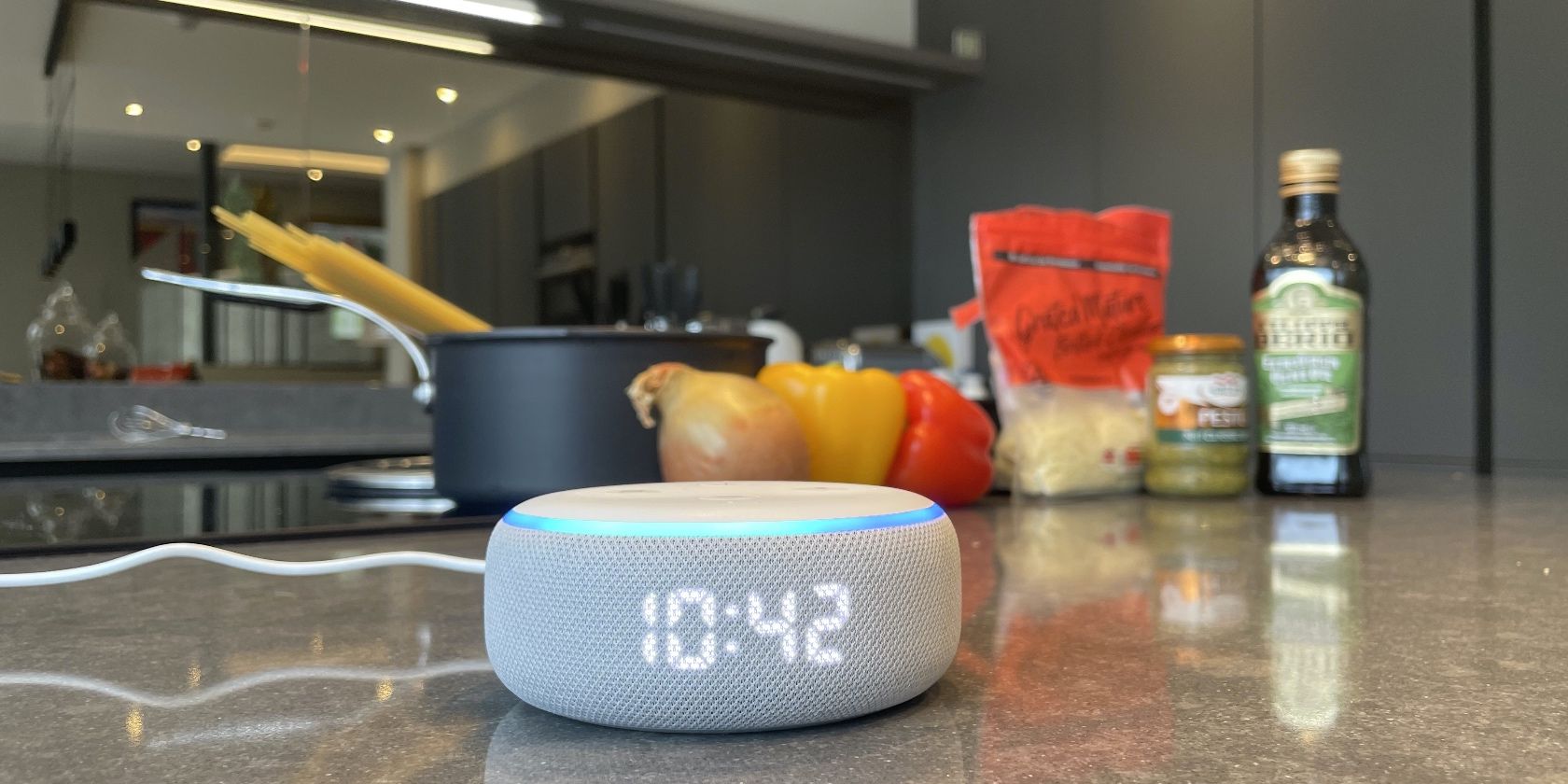
What are some of the most significant benefits of a smart home? The most considerable benefit is convenience. Smart homes allow you to do things like control HVAC in your home from anywhere in the world (including your couch), turn lighting on or off, control external sprinkler systems, and even view guests arriving at your front door.
Most of these tasks can be completed using a mobile device or the smart home hub. You can even set up certain tasks to happen at specific times or on particular days. Setting a smart thermostat optimally or setting an irrigation system to stay off when it's raining are ways that smart homes can also save money.
Smart homes can also eliminate some of the hassles of access that plague some homeowners. If you have a dog-walker or a landscaping service, you can give those people access to your home even if you are away at work or on vacation.
Customization is also a significant benefit of smart homes. Because there are so many products available, you can tailor your home to your personal preference. Every smart home is as unique as its owner, and the possibilities are only as limited as your imagination.
Lastly, smart homes offer upgraded security benefits over a typical home. In-home cameras and doorbell cameras can make thieves think twice about trying to break in. Motion sensors and door/window sensors can also keep rambunctious teenagers from leaving the house without you knowing about it.
Smart Home Downsides

There are only a few minor issues that can come up with a smart home, and they all have to do with connectivity.
When a device malfunctions or loses its connection, it can create havoc. Because networks fail frequently, you may want to consider what alternative methods of control you have if a smart item stops working. Fortunately, these connectivity issues are usually only temporary.
Getting Started With Your Smart Home
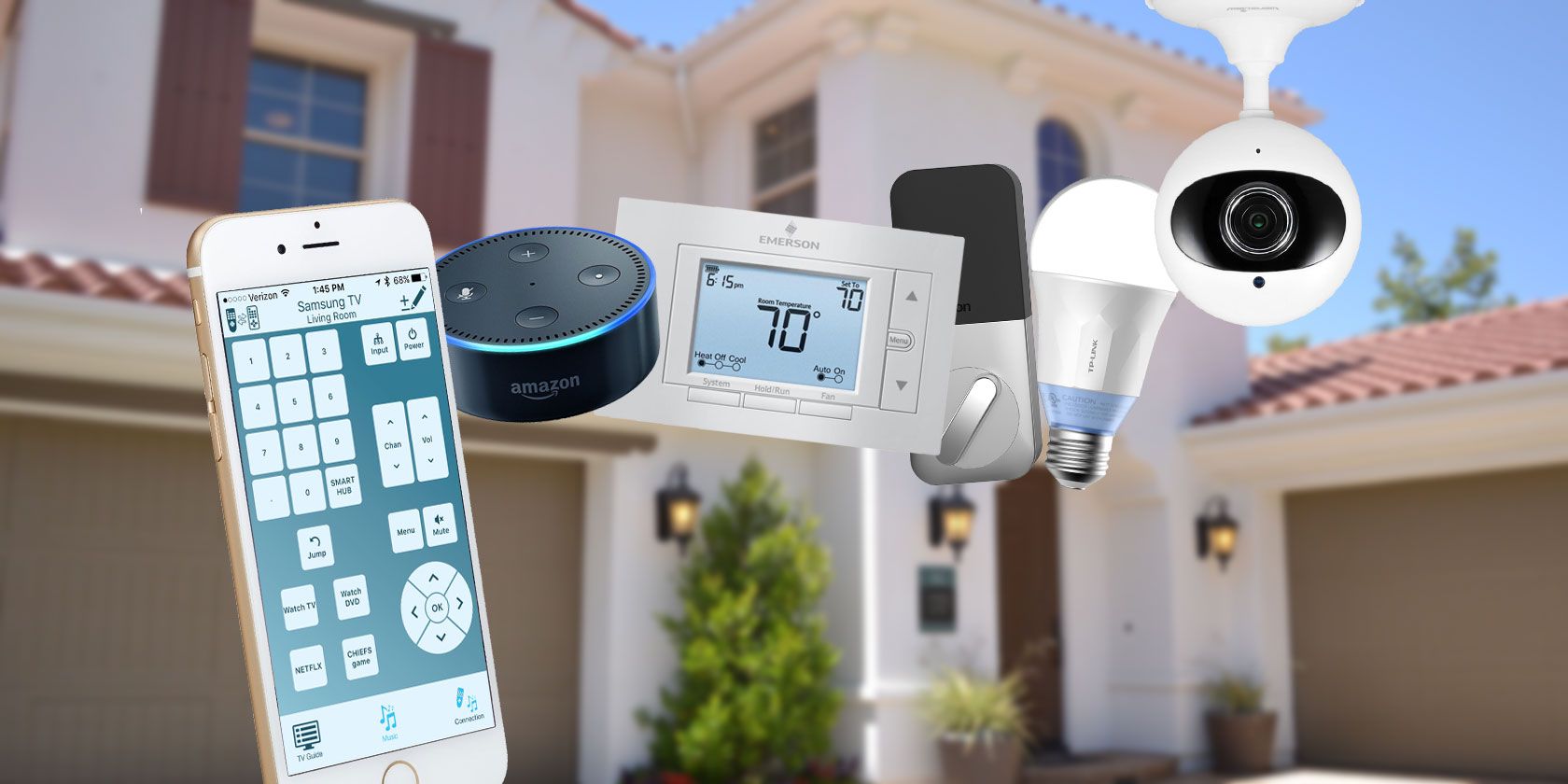
There are some great products available if you are interested in setting up a smart home. Though, it's best to plan out your installation before you go buying random tech. For many people, a smart home starter kit is an excellent place to begin the journey. These kits offer many standard devices, such as motion sensors and smart plugs, that you can experiment with before diving in deep.
You might also want to check out some of the most common products, such as smart bulbs or thermostats. Also, there are many uses for inexpensive smart plugs to get your creativity started. It's recommended that you brainstorm some ideas about how you might use these items before buying, though, just to make sure you're not wasting your money.
A Smarter Home Starts Here
Building your own smart home doesn't have to be complicated or expensive. Adding a few products at first and doing some experimentation can open the door to a home that offers much higher levels of convenience and comfort. By building a smart home, you're upgrading your security, customization, flexibility, and satisfaction.
You also don't need to buy a lot of products to consider your home smart. One or two is enough. Just know, if you really want to customize your space to its fullest potential, then the option is also available.
source https://www.makeuseof.com/tag/smart-home/
Post a Comment for "What Is a Smart Home? The Pros and Cons, Explained"
Comment when there are difficulties